Advancing BIPV in Architecture. Transforming Traditional Building Systems into Energy Generators.
Make It Green
BIPV Products: Advancing Integration in Architecture
Series: Make It Green BIPV-02
Article: 02/25
Introduction
Building-Integrated Photovoltaics (BIPV) represents a significant evolution in sustainable construction, transforming conventional building systems into dual-purpose components that maintain their primary architectural functions while generating clean energy. This technological advancement marks a departure from traditional design and construction approaches, where building systems played primarly passive role. By integrating photovoltaic capabilities into standard building components such as windows, facades, and roofing materials, BIPV solutions are revolutionizing the way we conceptualize building envelope systems.
The integration of photovoltaic technology into building elements presents unique challenges, particularly in meeting both construction and electrical performance requirements. These solutions must simultaneously meet building elements code requirements such as mechanical strength, weather resistance, and thermal performance while meeting stringent photovoltaic standards for power generation and safety. This dual compliance requirement has driven significant innovation in materials science and engineering, resulting in sophisticated solutions that improve both building performance and energy generation capabilities.
Evolution of Traditional Building Elements
From Conventional IGUs to Smart Solar Windows
The transformation of traditional Insulated Glass Units (IGUs) into photovoltaic-enabled components represents one of the most innovative developments in BIPV technology. IWIN's Smart Solar Windows exemplify this evolution, incorporating PV-laminated Venetian blinds within standard IGU assemblies. This integration maintains the primary functions of solar shading and thermal insulation while adding energy generation capabilities.
This technology is particularly relevant for new commercial construction, where large glazed areas are common, offering significant potential for energy generation without compromising architectural design. The solution's ability to maintain optimal indoor lighting while generating power makes it especially valuable for office buildings and educational facilities where daylighting control is crucial.

Fig. I | iWin PV Venetian Blinds. The traditional Venetian blinds are laminated with PV cells and then embedded in IGU. Credit: iWin.
Advanced Photovoltaic Glazing Systems
Glass to Power's Heli-On glazing system represents another significant advancement in BIPV technology. This solution maintains 100% transparency in the main glazing area while incorporating energy-generating elements at the periphery. The system's integration into curtain wall assemblies demonstrates the feasibility of combining structural performance with energy generation.
The technology's compatibility with high-performance building envelopes makes it particularly suitable for both new construction and facade renovations where maintaining natural light transmission is essential. The system's thermal and acoustic performance, equivalent to standard glazing, ensures that energy generation capabilities don't compromise other critical building envelope functions.
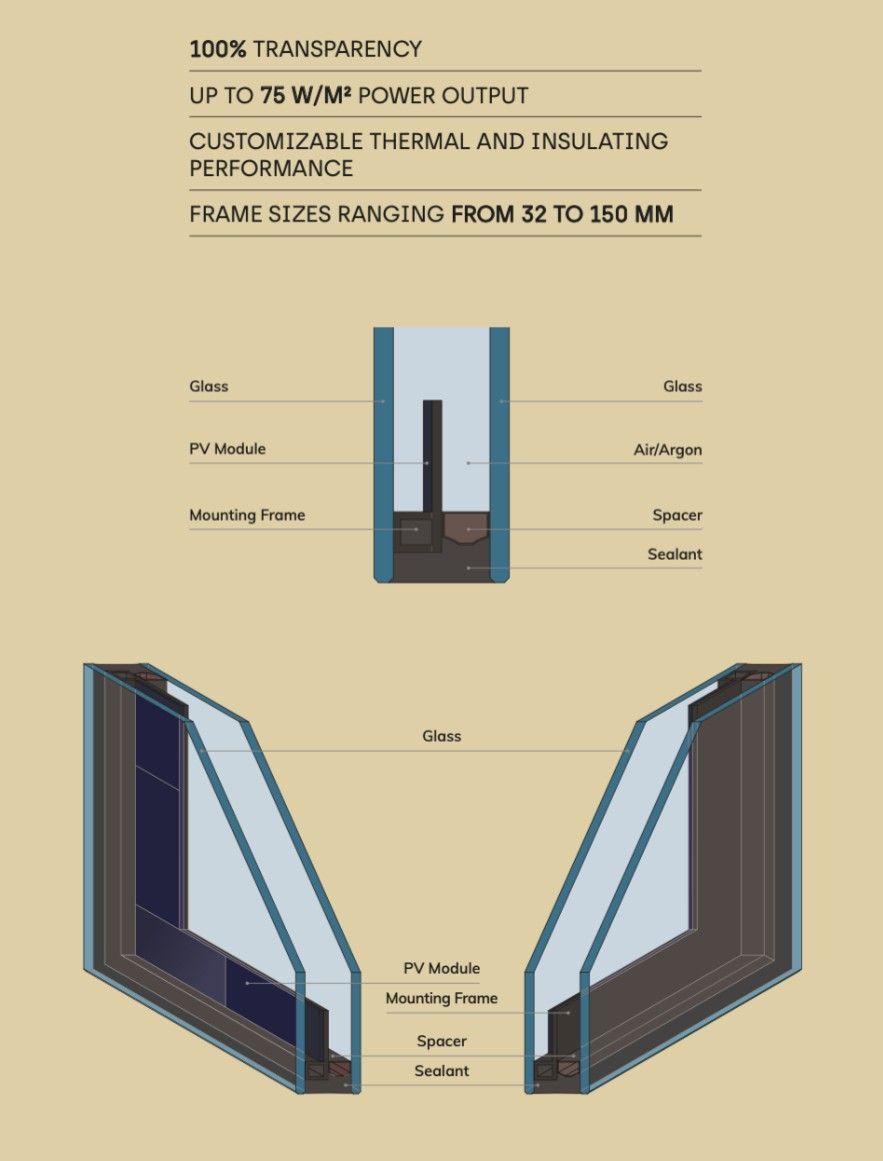
Fig. I1 | Heli-On by Glass To Power. Heli-On is a PV IGU with a PV frame that allows full transparency and full integration into a curtain wall. Credit: Glass To Power.
Reinventing Traditional Roofing
Wienerberger's integration of photovoltaic technology into ceramic roof tiles represents a significant advancement in BIPV roofing solutions. These solar-integrated tiles demonstrate how traditional roofing materials can evolve to incorporate energy generation while maintaining their essential weather protection and aesthetic functions.
This solution is particularly valuable for heritage building renovations and residential projects where maintaining architectural character is crucial. The careful color matching between PV elements and traditional roofing materials facilitates wider adoption in historically sensitive contexts, offering a path to sustainable energy generation without compromising architectural integrity.
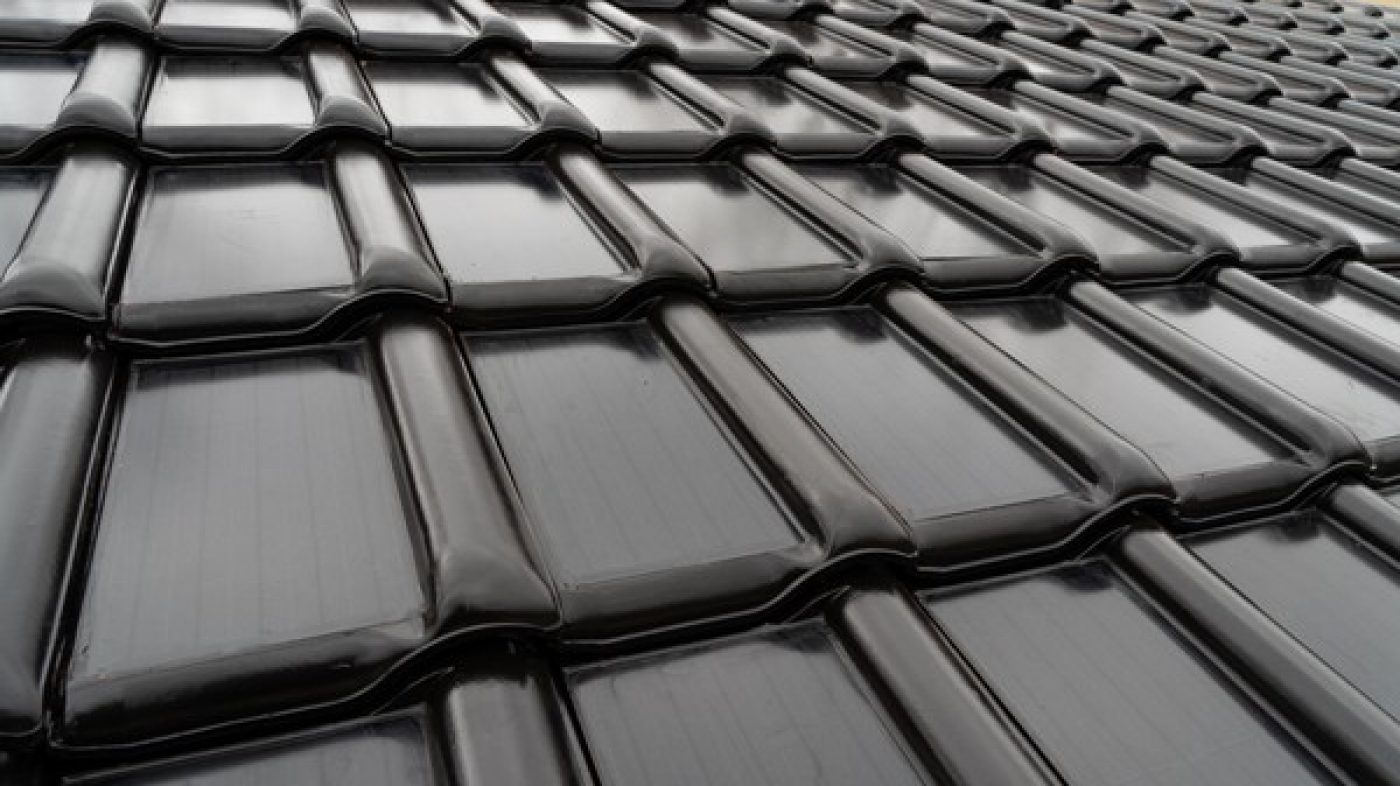
Fig III | Alegra 10 Wevolt solar roof tilesby Wienerberger is an innovative and attractive solar energy roof system. Credit: Wienerberge B.V..
Industrial Facade Integration
The collaboration between BIM-Solar and Ernst Schweizer AG in developing the ActivGlass Standard Black system demonstrates the evolution of industrial cladding systems. This solution integrates thin-film PV technology within lightweight aluminum facade panels complying with EN 14782 for metal sheet cladding while meeting IEC 61215 standards for photovoltaic performance.
This technology is especially relevant for industrial building retrofits, where large facade areas can be converted into energy-generating surfaces without significant structural modifications. The system's weather resistance and long-term reliability make it particularly suitable for industrial applications where maintenance considerations are crucial.

Fig IV | Standard Black Activ‘Facade® by Activ‘Glass and Schweizer integrating PV into alumiium cassette for ventilated facade. Credit: BIM Solar PIM.
Technical Integration and Performance Considerations
The successful implementation of BIPV solutions requires careful consideration of multiple technical factors. These systems must demonstrate:
- Long-term durability under varied environmental conditions, validated through compliance with IEC 62788 and EN 13830 standards
- Reliable electrical performance and safety, verified through IEC 61701 and IEC 60068 testing
- Effective integration with building management systems and smart grid infrastructure
- Compatible interface with digital building technologies, including BIM modeling and digital twin solutions
Future Prospects and Development Directions
The future of BIPV technology lies in addressing several key challenges:
- Development of more efficient recycling and end-of-life management strategies for integrated PV components
- Enhancement of system integration capabilities with smart building technologies
- Improvement of long-term performance validation methodologies
- Advancement of manufacturing processes to reduce costs and increase scalability
Conclusion
BIPV technology represents more than just an addition to existing building systems; it marks a fundamental shift in how we approach building envelope design. The successful integration of photovoltaic capabilities into traditional building elements demonstrates the potential for creating structures that actively contribute to energy generation while maintaining their essential architectural functions.
The continued development of these technologies, supported by rigorous testing and certification processes, suggests a future where energy generation becomes an integral part of building design rather than an afterthought. This evolution in building technology not only supports sustainable development goals but also opens new possibilities for architectural expression and building performance optimization.
The examples discussed demonstrate that BIPV solutions have reached a level of maturity where they can effectively serve both their traditional building functions and generate clean energy. As these technologies continue to evolve, their role in sustainable construction will likely expand, making them an increasingly important component of future building design and renovation strategies.
This article is funded by the European Union (Project: Mass Customization 2.0 for Integrated PV, GA 101096139). However, the points of view and opinions expressed are those of the Authors only and do not necessarily reflect those of the European Union. Neither the European Union nor the granting authority can be held responsible for them.
References
Agathon Journal (2023). "Advancements in BIPV Integration." Retrieved from [Agathon website].
Glass to Power (2024). "Heli-On Photovoltaic Glazing." Retrieved from [https://www.glasstopower.com].
IWIN Smart Windows (2024). "Innovative Solar Windows for Smart Buildings." Retrieved from [https://iwin.ch/].
Wienerberger (2024). "Solar Roof Innovations." Retrieved from [https://www.wienerberger-building-solutions.com].
BIM-Solar (2024). "ActivGlass Standard Black." Retrieved from [https://pim.bim-solar.com/ecatalog/activglass_sch_stdblack].
Ernst Schweizer AG (2024). "Metal Integration for BIPV." Retrieved from [https://www.ernstschweizer.ch/en/].
IEC, CEN, and EN Building Standards for PV and Construction Materials
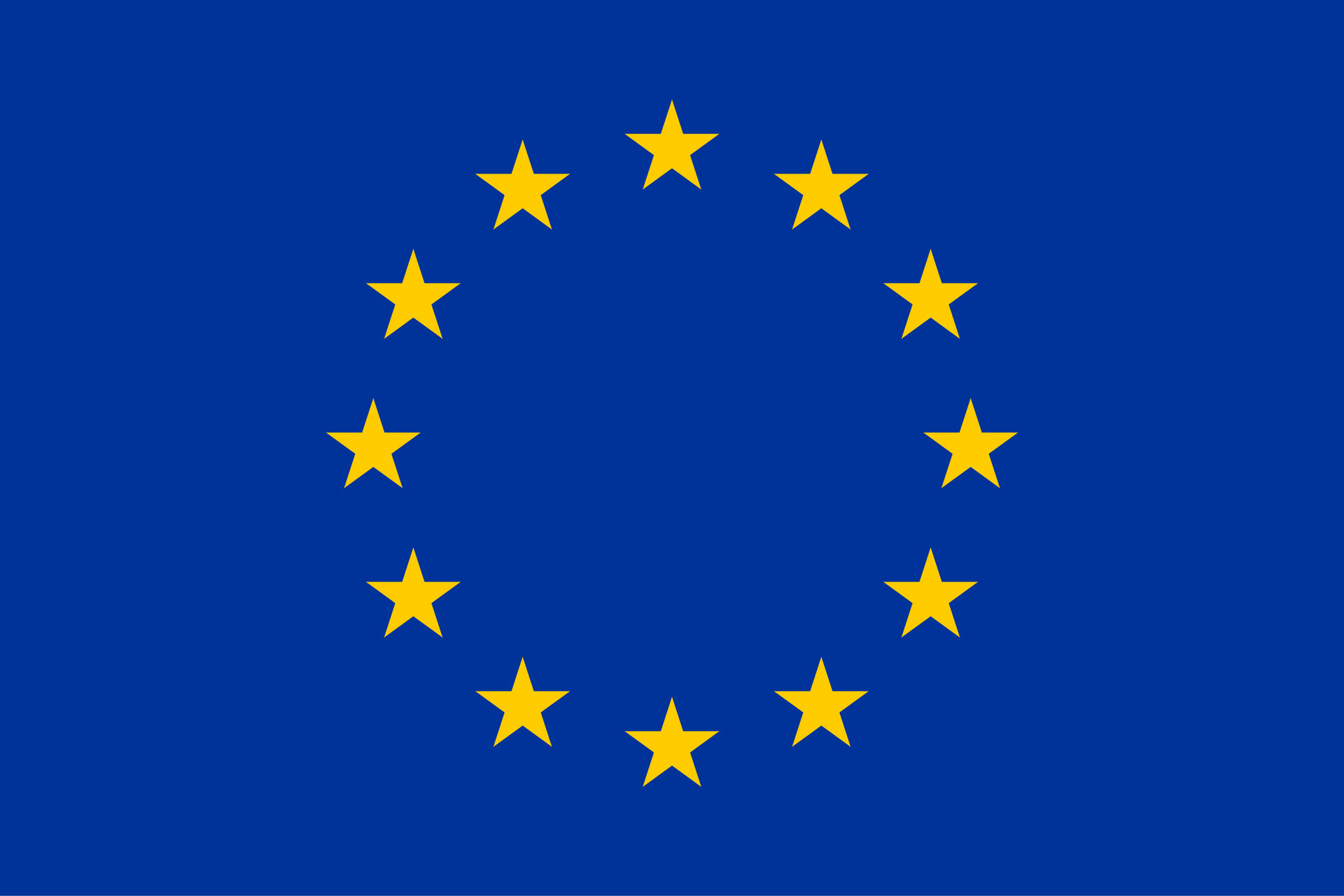
This research is funded by the European Union (Project: Mass Customization 2.0 for Integrated PV, GA 101096139). However, the points of view and opinions expressed are those of the Authors only and do not necessarily reflect hose of the European Union. Neither the European Union nor the granting authority can be held responsible for them.
CALL FOR ACTION
Start your BIPV journey today with Levery and transform your construction projects or your building products into energy-generating, future-ready buildings. Let’s work together to create buildings that benefit people, enviroment and economic.
Contact us now to discuss how we can help you integrate solar power into your next project and drive the shift toward a greener future.

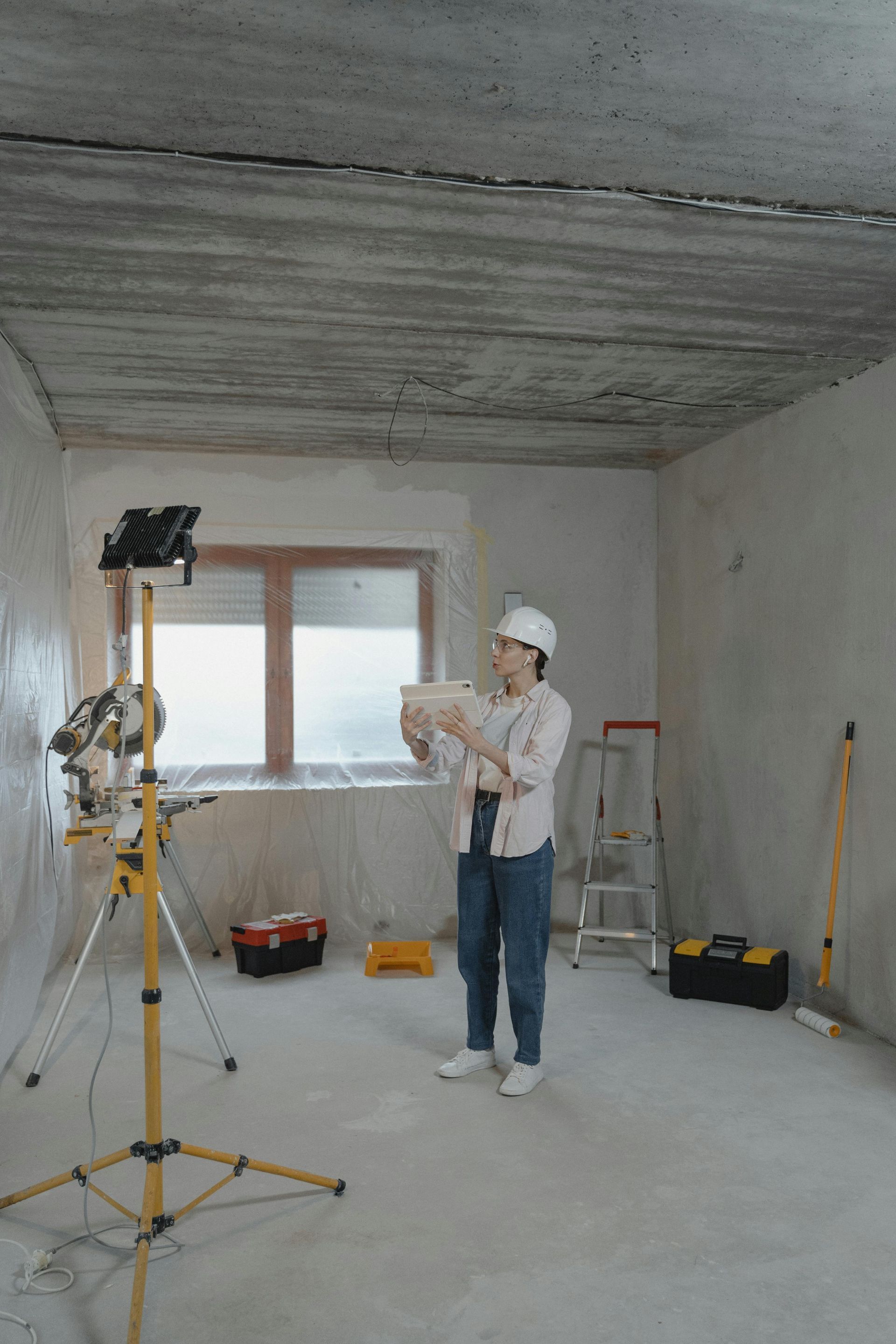
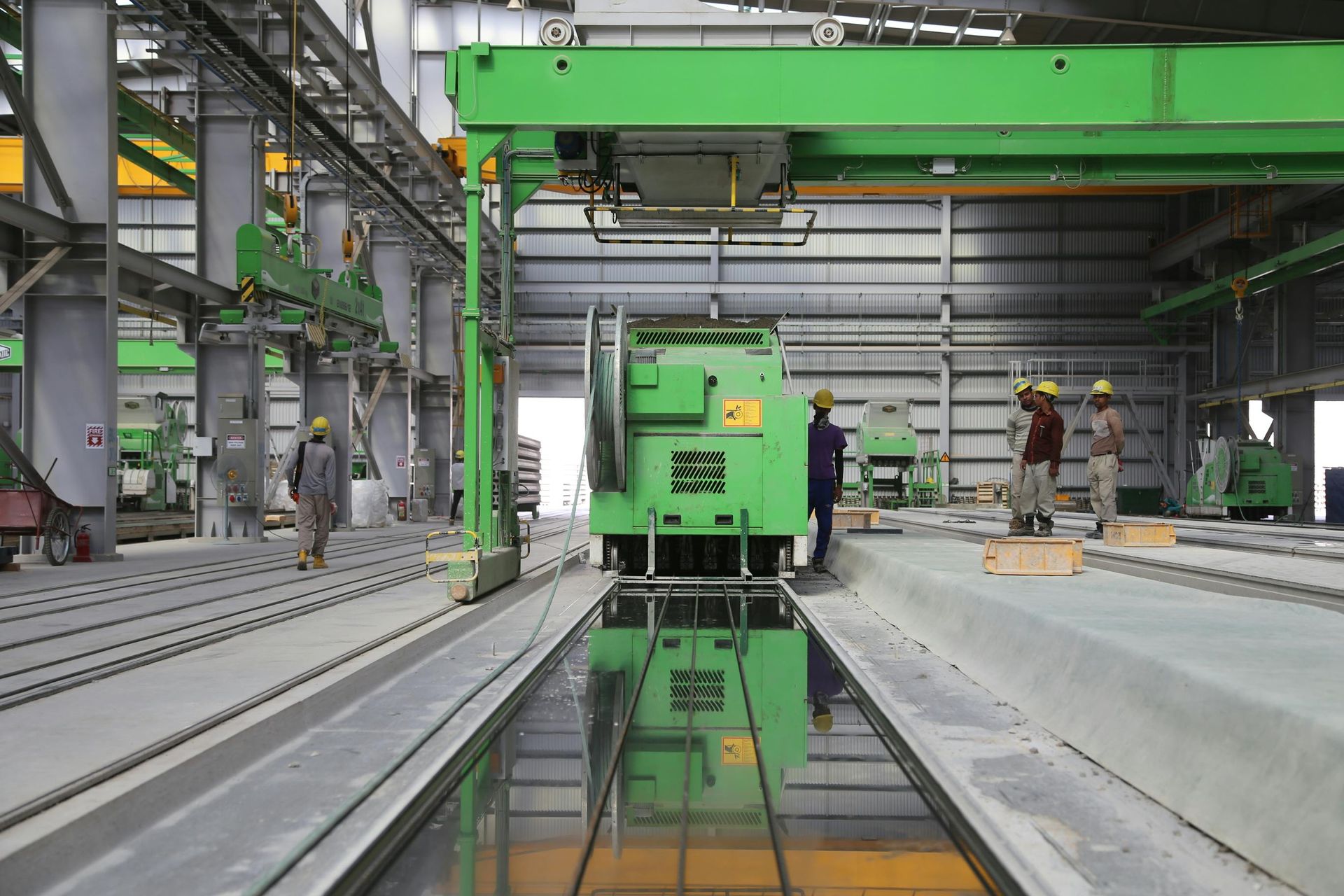
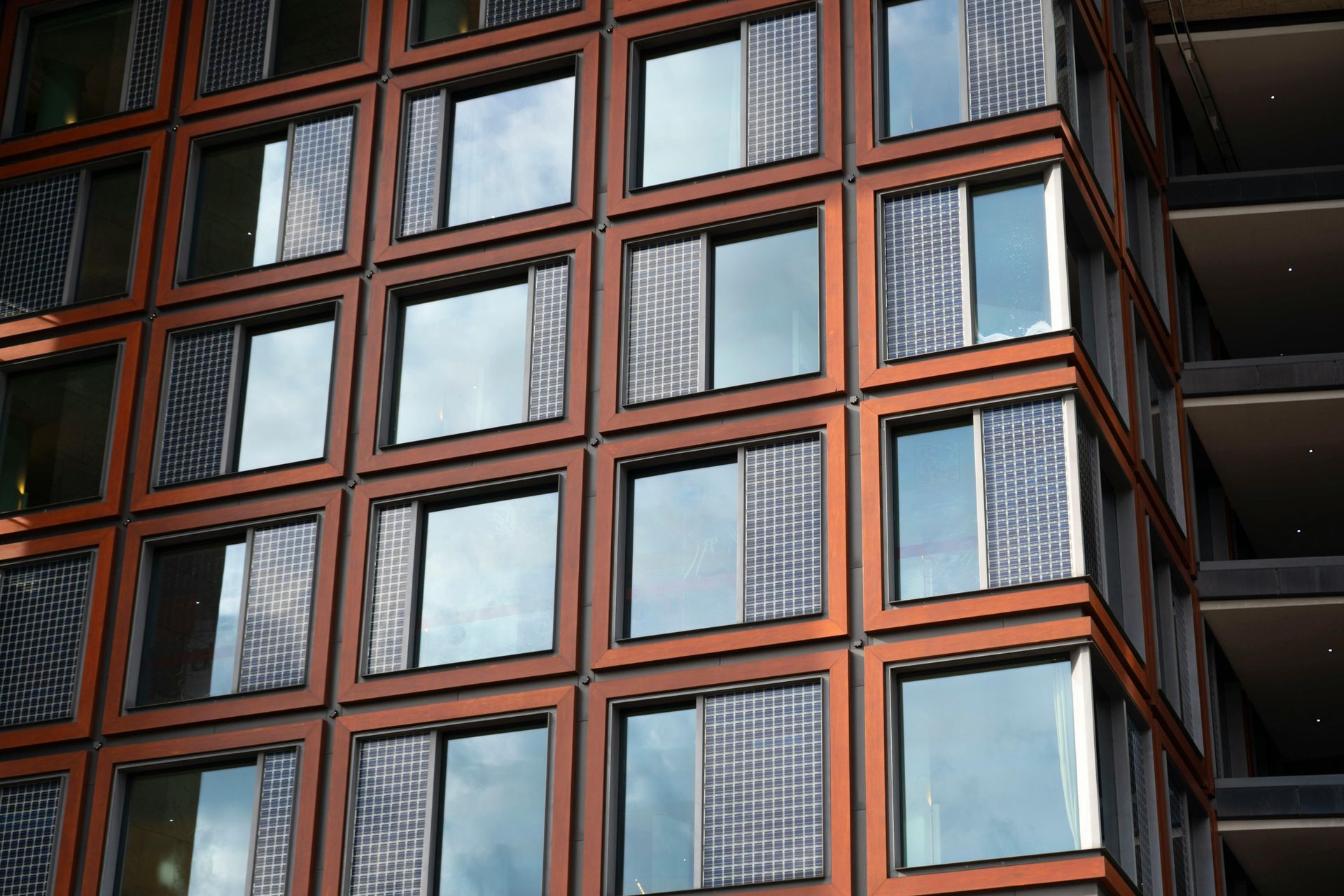
Levery S.r.l. Società Benefit
info@levery.it
Via Pisino 66, 47814
Bellaria Igea Marina (RN), Italy
P.IVA 04730050400
All Rights Reserved | Levery Srl Società Benefit


